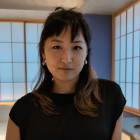Fresh off the boat: Singapore’s chicken supplies get a boost, in a world of food disruptions
One of the latest deals fourth-generation farmer Kenny Toh has made is with a farm on Bintan, for the supply of live chickens. It is a milestone — and part of the Singapore Food Agency’s efforts to diversify food import sources.
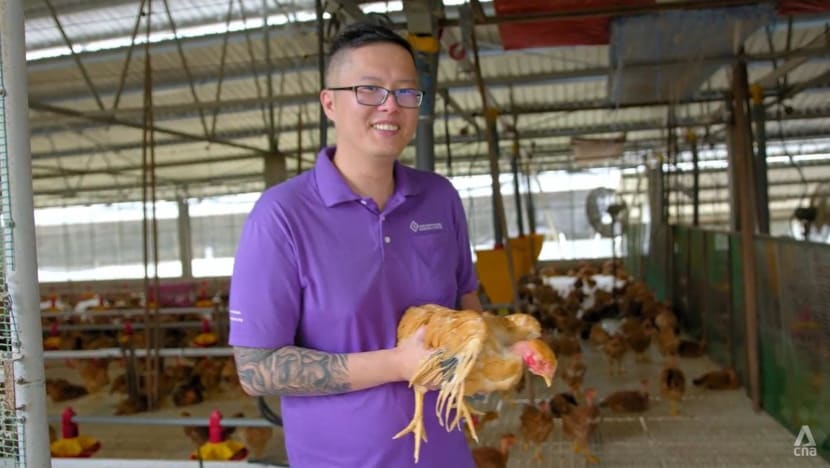
Kenny Toh’s family business, Toh Thye San Farm, has farms in Malaysia — and chicken supplies it imports from round the world.

This audio is generated by an AI tool.
In partnership with the Singapore Food Agency
SINGAPORE: It was a pilot “cruise to nowhere”, and there was some question as to whether the passengers would fall sick.
That may sound like a scene from the pandemic, when cruises for travel-starved Singaporeans were about to be launched — but the passengers in this case were thousands of chickens.
And the impetus for their first sea voyage was not a coronavirus but Malaysia’s ban in 2022 on chicken exports. The ban propelled Singapore to turn to Indonesia, specifically a farm on Bintan, as a new source of live chickens.
There was a big difference, however, between trucking chickens into the city and bringing them in by sea.
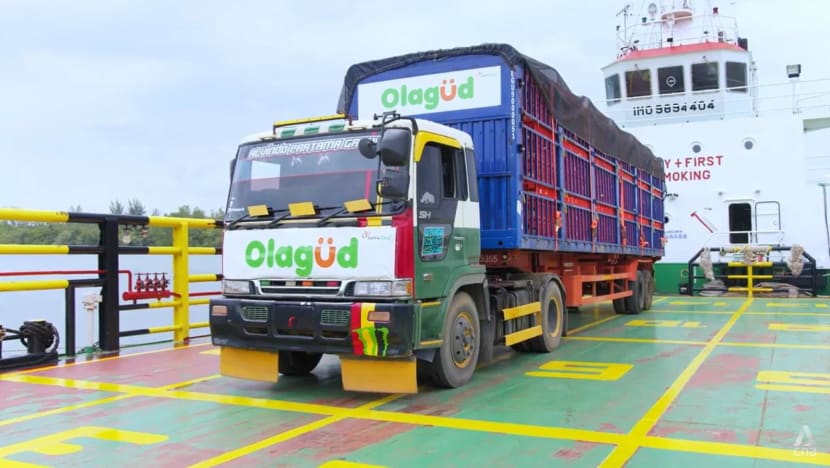
“We were concerned that the chickens may not travel well during the sea journey or it may be too hot (in the containers),” said Wong Yelin, the director of the risk management and surveillance department at the Singapore Food Agency (SFA).
“So, rather than have the first batch of chickens come straight to Singapore, the farm proposed … simulating that journey to Singapore.”
That journey in October 2022 ended in Batam, where the chickens were slaughtered for the Indonesian market. And last May, the first shipment of 23,000 chickens landed in Singapore — the first time that live chickens had arrived here from Indonesia.
“Everyone was very nervous,” recalled Billy Tham, vice president of business development at Japfa, the parent company of the farm. “So I think we had a feeling of relief at five in the morning when we saw the birds arrive.”
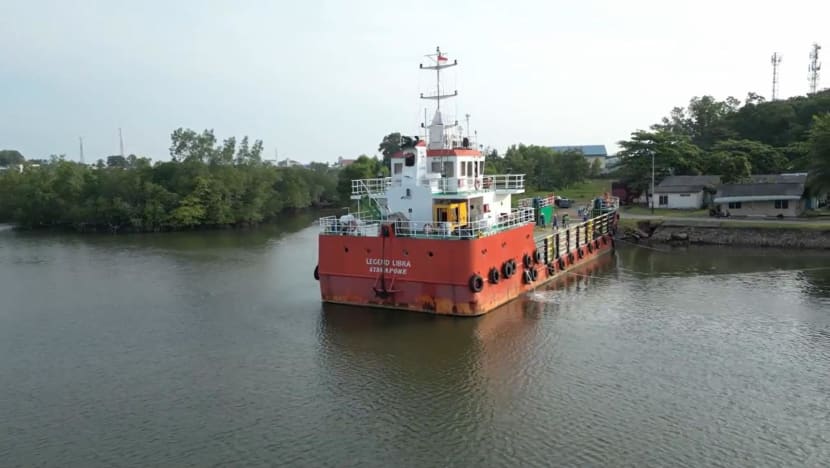
The journey from Bintan to Jurong Port took about 10 and a half hours.
“Everyone worked round the clock,” said Tham. “A lot of the people didn’t sleep for two days, to make it (happen). They were stressed, but it was an exciting milestone.”
It was history in the making, one of several events and processes going on as of late to make sure that Singaporeans get their chicken meat and nasi ayam, among other foods, no matter what.
‘MY BLOOD PRESSURE WAS AT 190’
One person who is familiar with what has been happening behind the scenes is fourth-generation farmer Kenny Toh, the head of projects at Toh Thye San Farm.
His family has been in the chicken business since his great-grandfather’s time. But they have gone from merely rearing and slaughtering poultry to hatching deals overseas. The Singaporean supplier is one of the importers of Indonesia’s live chickens.
WATCH: How we make deals to secure Singapore’s food supply, from farmer to inspectors (12:15)
“My job is more on the corporate side, … bringing in new sources for the company,” said Toh, 39.
“We always used to think that Malaysia was enough, but apparently (the world) has changed so drastically that we’re getting (chicken supplies) from as far as Brazil, from Denmark, basically from places … we’d never thought of before.”
Before Malaysia’s export ban from June to October 2022, it was the only country Singapore had approved for the import of live chickens.
So when the ban happened, “my blood pressure was at 190”, quipped Toh, whose customers — then and now — include hospitals, hotels, restaurants, supermarkets, wet markets and online platforms. “There was very little time to react.”
Chicken prices rose in Singapore. Some chicken rice hawkers even shut their stalls.
Export restrictions aside, supply disruptions can also be caused by disease outbreaks, droughts or floods that affect crop production for animal feed and by crises such as pandemics and war.
“To rely on one source, I think, would be suicidal,” said Toh.
That is why the SFA encourages businesses to have alternative sources that would allow them to pivot when needed, as part of their business continuity plans, and encourages consumers to be adaptable and open to food options from various sources.
It has been working with industry players like Toh to increase the number of approved food sources, from 172 countries and regions in 2019 to 183 in 2022.
Brunei, Colombia and Indonesia, for example, were approved as new sources of eggs, pork and chicken respectively in 2022, so in the event of supply disruptions elsewhere in the world, other sources would still be available.
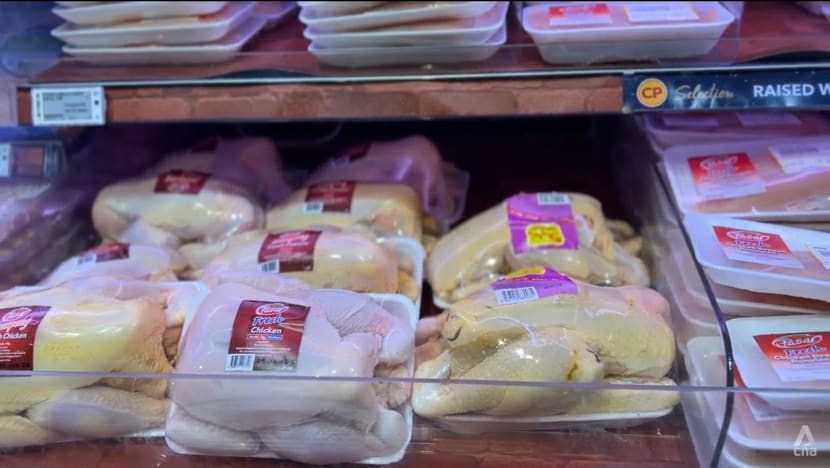
CHECKS ON THE GROUND
Before food can be brought into Singapore, however, the SFA must conduct a series of safety checks on its source.
“Accreditation is required for live animals, like pigs, chickens, … because animals can have diseases that can be passed on to humans … or lead to foodborne outbreaks,” said Wong.
“One example is bird flu in chickens. In addition, some of these products can have bacteria that can cause food poisoning, for example salmonella in chicken eggs.”
As part of the accreditation process, SFA officers will assess every aspect of the country’s food safety system, including surveillance programmes and licensing systems.
It involves intergovernmental discussions “to understand how (the source country’s agencies) regulate farms, the establishments”. There are also site inspections of the farms and slaughterhouses.
“The team already has some information on hand. But what you need to do is validate that,” said Wong. “Sometimes you may find that the things on the ground may not be the same as what (is) provided on paper.”
For the accreditation of frozen chickens, one of the things that the SFA checks is whether there are systems in place to ensure that the cold chain is maintained, to prevent the growth of micro-organisms in the chickens.
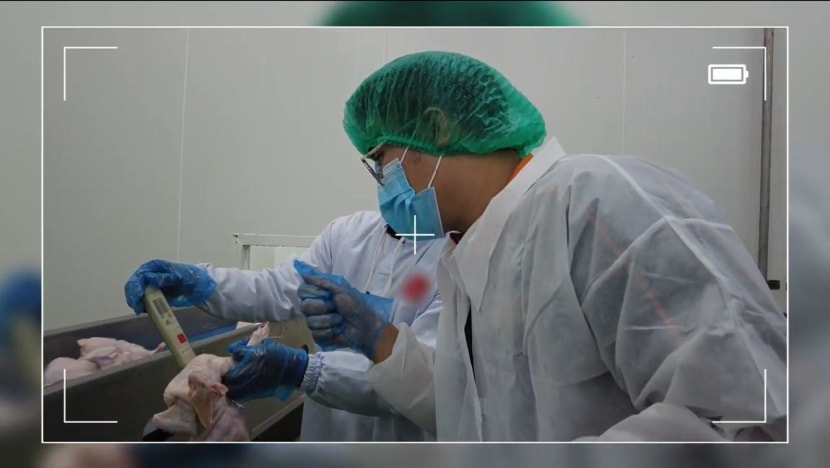
“After the accreditation trip, … the team will usually put (in) some recommendations (if) there are certain areas they think the slaughterhouse needs to rectify before approval can be given,” said Wong.
Imported food from accredited sources will then be subject to the SFA’s food safety surveillance and sampling programme. It is “a lot of work that goes on behind the scenes that people often don’t know about”, she added.
People think, just make the order and the food will come in, right?”
In the case of Indonesia, it was initially approved as a source of frozen chicken following Malaysia’s export ban. But conversations with Japfa, which had farms in Java, soon opened up another possibility.
Japfa was willing to build a farm on Bintan specially to supply live chickens to Singapore, where the pan-Asian agribusiness is headquartered.
After discussing the accreditation criteria and animal welfare conditions with the SFA and other Singapore government agencies, the company built the farm in about three months. And the checks showed it met Singapore’s requirements.
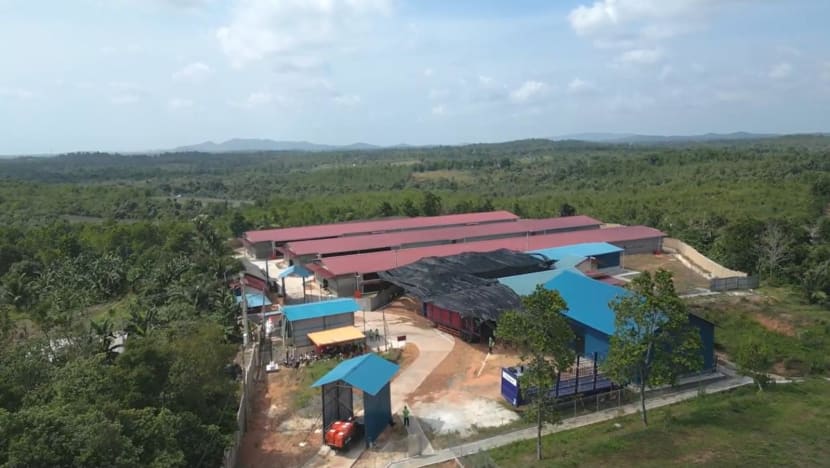
EYES ON THE PRICE, AND THE PRIZE
For all food imports, one of the final pieces of the puzzle falls into place when the commercial deals are struck. That’s where suppliers like Toh come in.
As with any business deal, this involves relationship-building, which explains why “it isn’t uncommon” for Toh to take “up to 30 trips a year”, to countries in the region and farther afield, from Europe to the Americas.
“All this for diversity — diversification of sources,” he said.
One of the latest deals he has done is with the Japfa-owned farm on Bintan. “The things that we want to see on a good farm are all there,” he said.
“You look at biosecurity, you look at the product itself. … Everything’s exceeded expectations.”
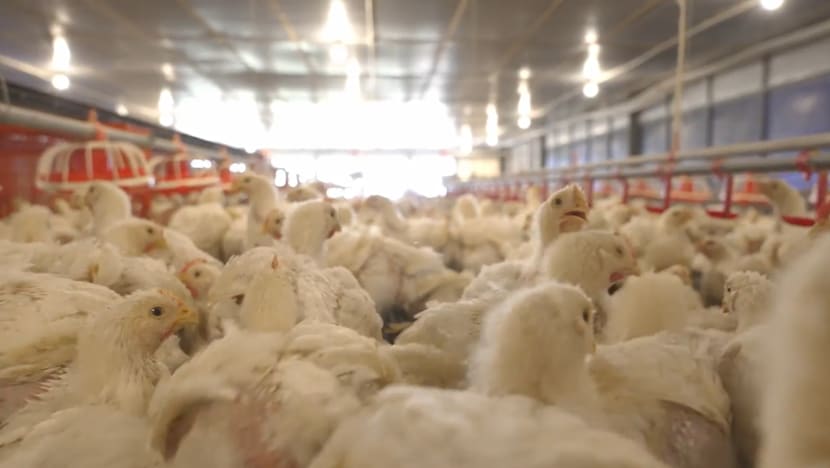
The farm’s shipment volumes have also increased from the 41.5 tonnes for the first shipment. For instance, a 57-tonne shipment of live chickens arrived in Singapore on Sep 8 for various importers, with a low mortality of around 30 birds.
Including the Bintan farm, Toh has secured more than 30 partnerships with chicken producers round the world to import fresh, chilled and frozen chickens.
But those numbers belie some of the challenges he faces, one of which is Singapore’s population size.
“We’re a very small country. That means our purchasing power isn’t there. We’re less likely to be able to negotiate,” he said. “Sometimes other suppliers say to you straight in the face, ‘We’re not really interested.’”
When it comes to the live chickens from Indonesia, there is another issue — price. Carrying them by barge, which includes keeping them cool throughout the journey, makes it 25 per cent more expensive than importing them by land from Malaysia.
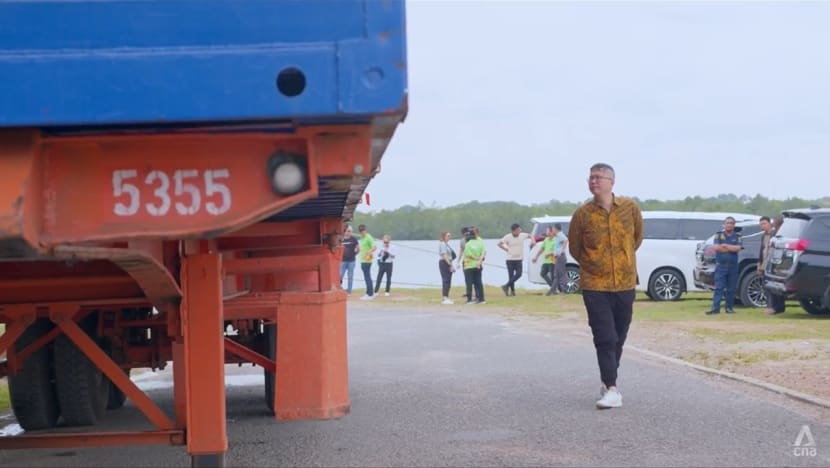
He has absorbed the cost increase for now — considering it “a national duty” — but it is something his family business will “have to take into consideration” going forward.
“Obviously, we have to look at how the market will react to the price,” he said. “Are (consumers) able to accept it?”
The work that has gone into this food supply project has increased his appreciation of food sold in Singapore. “All this work for just one plate of chicken rice at S$3.50,” he remarked.
Every few months, SFA officers visit various countries to accredit new sources as part of continuing efforts to ensure that importers in Singapore “have enough sources to buy from”.
“Knowing that even in the event of a supply disruption somewhere, there’s enough in Singapore for everybody, I think … is very meaningful,” Wong said. “That keeps the team going.”









